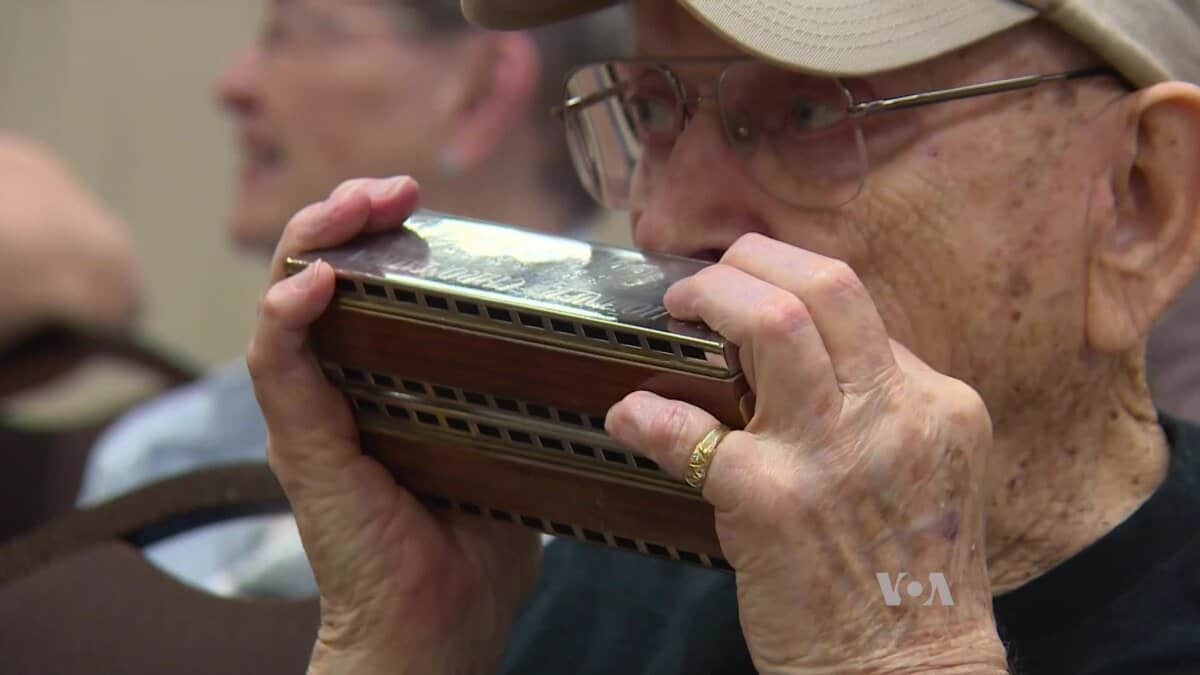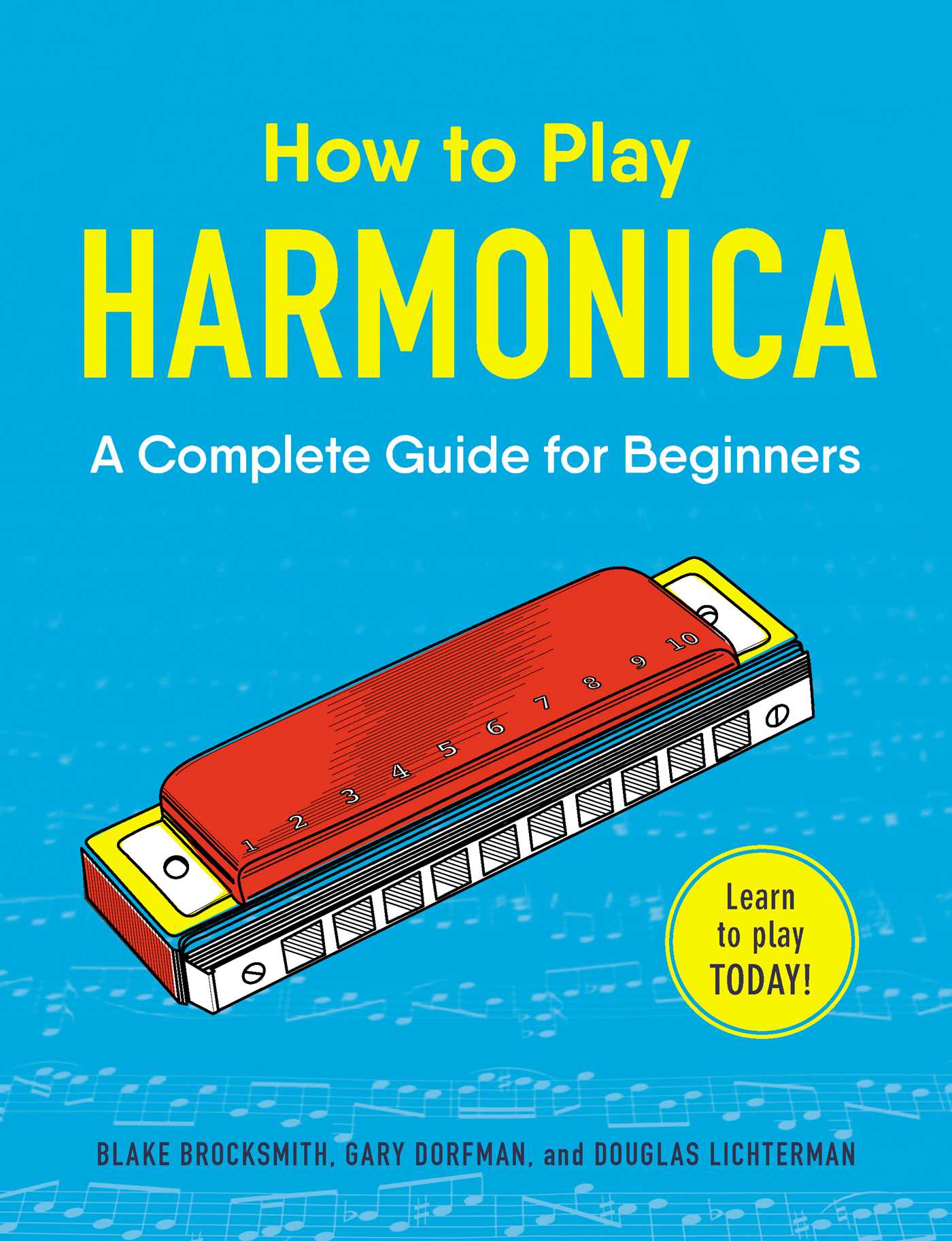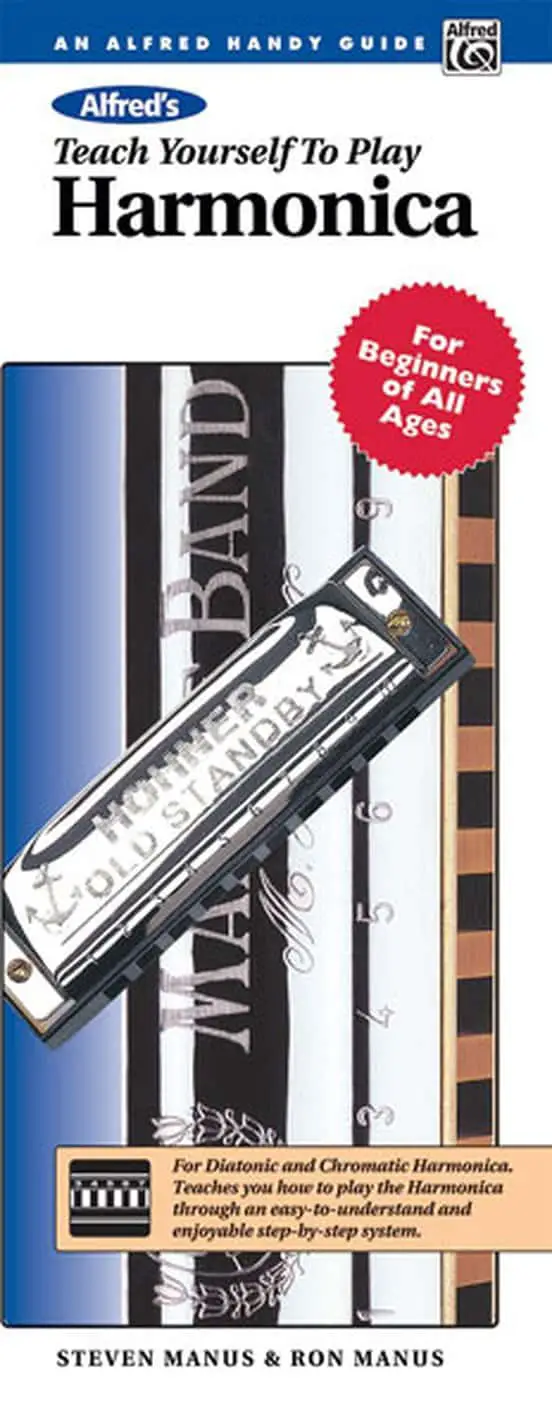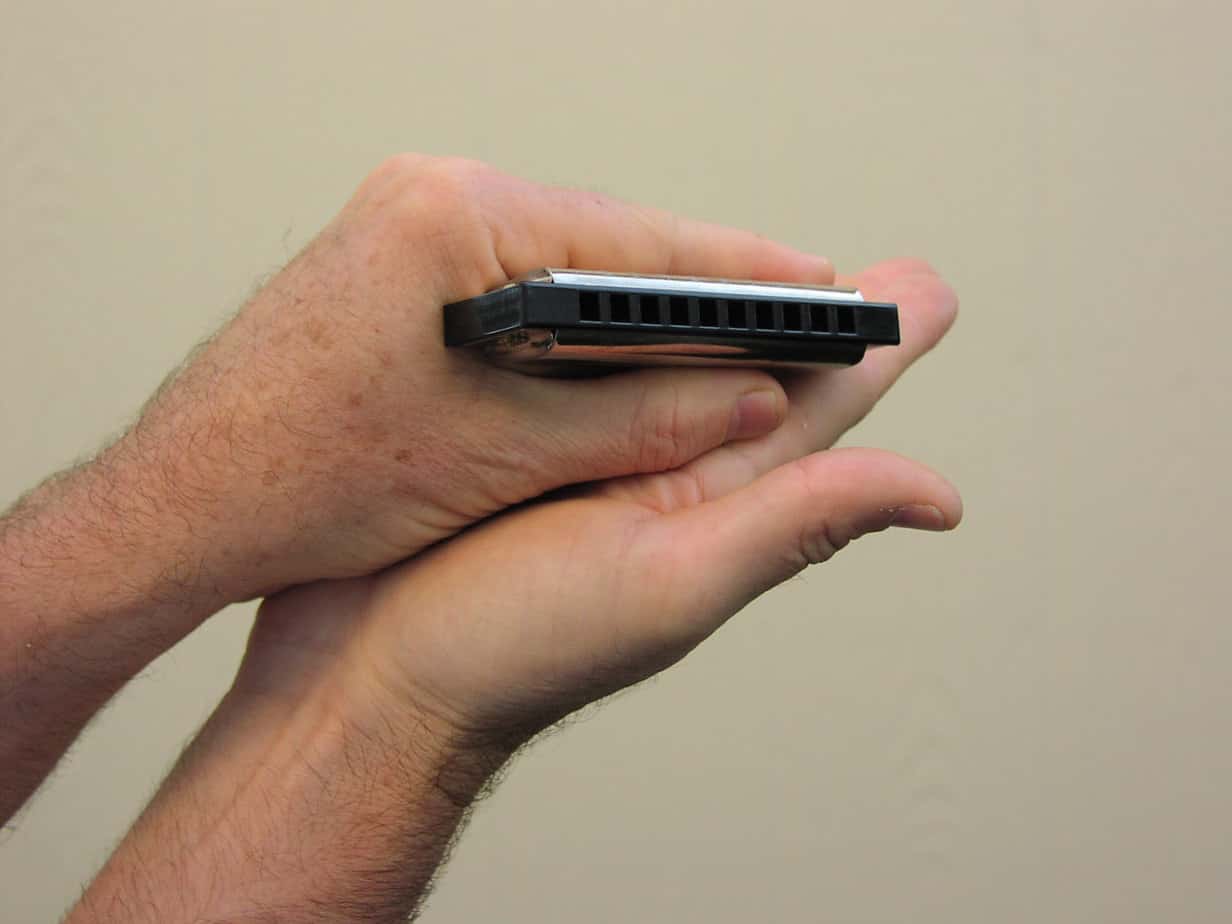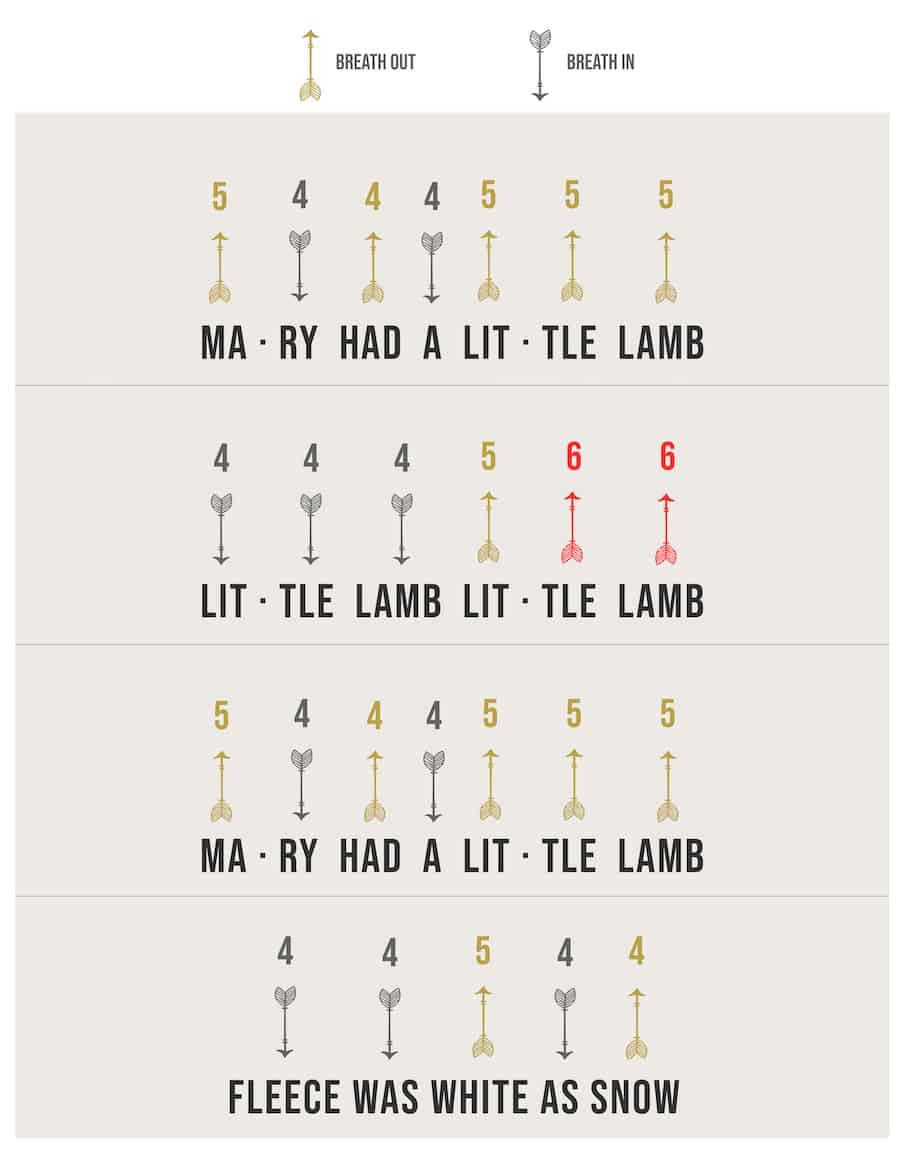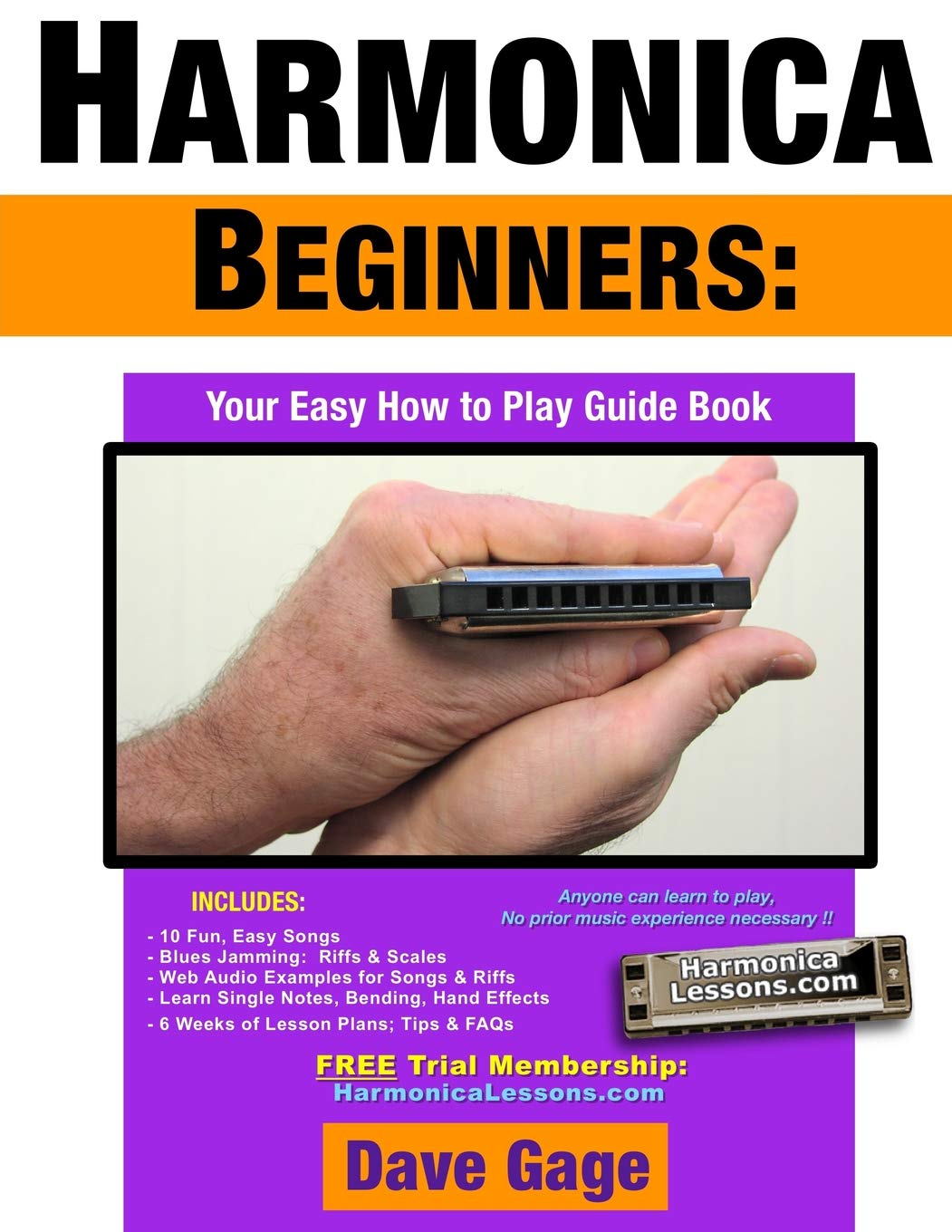If you’ve ever wanted to learn how to play the harmonica, you’ve come to the right place! As an expert harmonica player, I’m here to share my knowledge and help you unlock the secrets to becoming an expert harmonica player. With a few basic tips, you can quickly and easily learn how to play the harmonica and start making beautiful music. So let’s get started on your harmonica journey!
Benefits of Learning the Harmonica
| Benefit | Description |
|---|---|
| Improves Coordination | Learning the harmonica improves coordination between the hands and the mouth, which can help with other instrument playing. |
| Good for Improvisation | The harmonica is an excellent instrument for improvisation, and can help build improvisational skills with other instruments. |
| Adaptable to Other Genres | The harmonica is especially suited to blues, folk, country, and rock music, but is also adaptable to other genres. |
| Portable and Easy to Carry | The harmonica is one of the most portable instruments, and is very easy to carry around. |
| Inexpensive | Harmonicas are relatively inexpensive instruments, and are available in many different keys and styles. |
| Great for Beginners | The harmonica is a great instrument for beginners, as it is relatively easy to learn, and can be played without any other instruments. |
Choosing the Right Harmonica
When selecting a harmonica, it is important to consider the type of music you want to play and the size of the instrument. If you are a beginner, it is best to start with a diatonic 10-hole harmonica. This type of harmonica is the most common and allows you to play most popular music styles. If you are looking to play folk or blues, the most popular size is the G key harmonica. Other sizes, such as A, C, D, and E are also available and are great for more advanced players.
When choosing a harmonica, consider the quality of the reeds and the construction. Look for solid construction and good quality reeds that will produce a good sound. The reeds should be smooth and responsive. You should also look for a harmonica with a durable cover that will protect the reeds from damage.
Finally, consider the price. Harmonicas range from very inexpensive models to more expensive professional models. If you are a beginner, it is best to start with an affordable model and upgrade to a more expensive one as your playing improves.
Getting Started with the Basics
1. Learn the Notes
Learning notes is the first step to playing the harmonica. Familiarize yourself with the layout of the instrument, then start learning the notes by playing simple melodies. Practice playing single notes with the same breath, transitioning from one to another.
2. Learn Scales and Chords
Once you’re comfortable with the notes, practice playing scales and chords. This will help you play with more accuracy and make your playing sound more professional. Learn scales in different keys and practice switching between them.
3. Learn Proper Breathing Techniques
Proper breathing technique is essential for playing the harmonica. Learn how to breathe deeply and evenly. Practice playing while exhaling and inhaling, and focus on the sound of your breath. This will help you play with more control and better expression.
Practicing and Improving Your Skills
- Focus on playing in tune, rather than on speed
- Learn songs and practice them with a metronome
- Listen to the music of professional harmonica players
- Find a mentor to help you learn the instrument
- Practice regularly, even if it’s for a short period of time
- Experiment with different techniques, such as vibrato and bending notes
- Record yourself to identify areas of improvement
- Take part in harmonica jams and live performances to gain experience
- Focus on improving your weak areas and refining your sound
Types of Music to Play on the Harmonica
- Blues
- Rock
- Country
- Jazz
- Classical
- Folk
- Reggae
- Ska
- World music
The harmonica is a versatile instrument and can be used to play a variety of different types of music. From blues and rock to jazz and classical, the harmonica is capable of producing a wide range of sounds. With some practice and dedication, it is possible to learn to play the harmonica to a high level. Popular genres to play on the harmonica include: blues, rock, country, jazz, classical, folk, reggae, ska, and world music.
Tips and Tricks
Start with easy melodies: When learning the harmonica beginners should start with easy melodies that they can practice and master. This will help them gain confidence and build a strong foundation for learning more complex techniques.
Learn to read music: Learning to read music will help harmonica players to understand the structure and rhythm of the songs they play. Being able to read music will also help them to play with other musicians.
Use a metronome: Using a metronome is a great way to keep track of the rhythm and timing of the song. This will help harmonica players stay on track and maintain a steady tempo.
Practice regularly: Practicing regularly is essential for mastering the harmonica. Set aside a few minutes each day to practice and make sure to focus on the basics.
Listen to great harmonica players: Listening to great harmonica players is a great way to learn the instrument. It can help harmonica players understand the nuances of the instrument and can provide them with inspiration.
Keep an open mind: Learning a new instrument can be challenging and it is important to keep an open mind while learning. This will help harmonica players stay focused and motivated.
Be patient: Learning the harmonica takes time and patience. Don’t rush into learning complex techniques and take your time to master the basics.
Common Mistakes to Avoid
Not preparing – Learning the harmonica requires time and effort, so ensure you have the required time and resources available to you. Not learning the basics – Before you start learning how to play the harmonica, it is important to learn the basics such as note reading, chord structure and ear training. Not using the right tools – Having the right tools such as a quality harmonica and harmonica stand can make a huge difference in your learning experience. Not listening to others – Listening to experienced harmonica players can help you pick up tips and tricks that you can use to improve your playing. Not practicing regularly – Practice is an essential part of learning the harmonica, so make sure to set aside a certain amount of time each day to practice. Not taking breaks – Taking regular breaks is important to ensure that you don’t get too overwhelmed or exhausted. Not playing with others – Playing with other harmonica players can help you improve your skills and learn new techniques.
Frequently Asked Questions
What tips can help me learn how to play the harmonica easily?
Start with basic notes and scales, and practice regularly. Use a metronome to help keep a steady rhythm. Listen to and learn from professional recordings. Memorize songs and practice them regularly. Use an electronic tuner for easy tuning. Experiment with different types of harmonicas for different sounds and styles. Take lessons from a qualified teacher. Use a practice amplifier for easy feedback.
What is the best way to learn the harmonica?
The best way to learn the harmonica is to start with a basic understanding of the instrument and its scales. Learning the scales and chords of the harmonica will make it easier to understand how to play different songs. Additionally, finding good resources such as online lessons, tutorials, books, and videos can help to learn the basics. It is also important to practice frequently and consistently, and to play with other harmonica players to improve technique and become more comfortable with the instrument.
What Resources Are Available to Help Me Learn the Harmonica?
There are a variety of resources available to help beginners learn the harmonica, from online courses and tutorials to books and DVDs. YouTube is a great source of harmonica lessons, as many experienced players post tutorials with tips and techniques. There are also websites dedicated to the harmonica, such as Harp N’ Guitar, which offer lessons, tabs and advice. Local music stores may offer harmonica lessons as well. Finally, joining a harmonica club or taking private lessons with an experienced player can provide invaluable insight.
How long will it take for me to become an expert harmonica player?
The length of time it takes to become an expert harmonica player depends on the player’s dedication and time commitment to practice. On average, it can take up to two years of playing and studying music theory to become proficient. Experienced players can reach an expert level in as little as a few months, depending on their dedication and commitment to practice.
Are there any special techniques I should use to master the harmonica?
Learning the harmonica requires a combination of practice, patience and technique. To master the harmonica, the player should focus on developing proper breath and embouchure control, as well as understanding musical notation, scales, chords and intervals. Additionally, it is important to practice regularly to develop muscle memory and refine technique. To improve playing skills, one should also listen to recordings of advanced players and use instructional materials such as books and DVDs.
Conclusion
Practicing regularly, staying patient, and taking advantage of the variety of resources available, are all essential steps to becoming an expert harmonica player. Learning how to read music and understanding musical theory is also a great way to expand your harmonica playing skill set. With dedication, perseverance, and commitment, you can become an expert harmonica player in no time.

